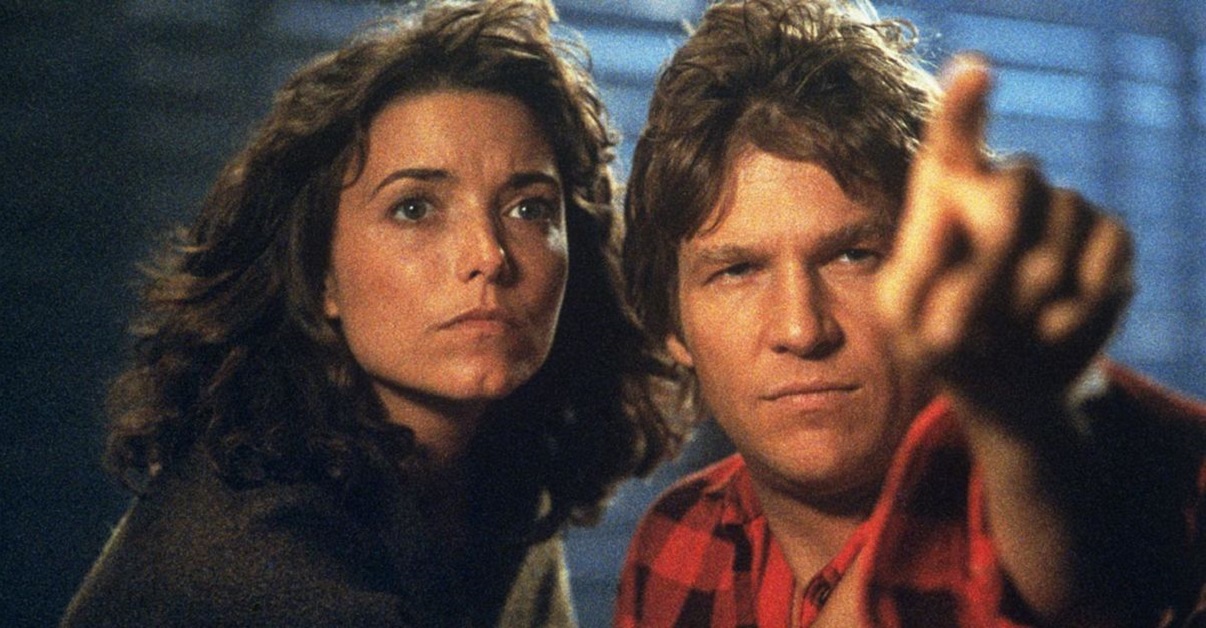Thanks to his classics Halloween, The Fog and The Thing, director John Carpenter is generally regarded as one of the great horror filmmakers. It’s certainly not a label to be sniffed at, but even so, Carpenter’s body of work shows that he’s capable of a lot more than just scaring the heck out of his audiences. For proof of this, look no further than 1984’s Starman.
The romantic science fiction drama casts Jeff Bridges as an alien traveller who, upon his arrival on Earth, assumes the form of Karen Allen’s recently deceased husband – but as he can only sustain this form for so long, the alien needs the widow to take him to the rendezvous point where he can return to his mothership.
Starman moved audiences everywhere – but did you know the following facts about the film?
20. It was produced by Michael Douglas

Before he was known the world over as a leading man, Michael Douglas did his most notable work in film not as an actor, but as a producer.
[rtk_adunit_top]
He won an Oscar in this capacity for 1975’s One Flew Over the Cuckoo’s Nest, and spearheaded a number of other notable films – including Starman.
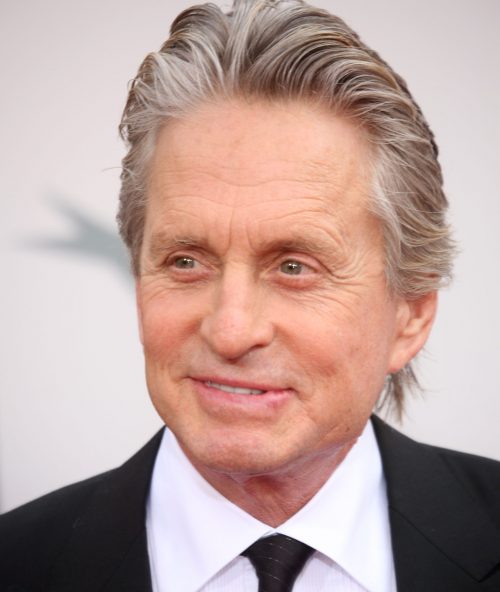
It was at Douglas’s behest that studio Columbia Pictures purchased the rights to the original Starman script by Bruce A Evans and Raynold Gideon in 1979.
[rtk_adunit_middle]
It seems Douglas had his hands full at the time, and was juggling several other projects alongside Starman.

One of these was the hugely successful 1984 film Romancing the Stone. His next project, The Jewel of the Nile, was released just a year after Starman.
[rtk_adunit_bottom]
19. Studio Columbia Pictures passed on E.T. in favour of Starman
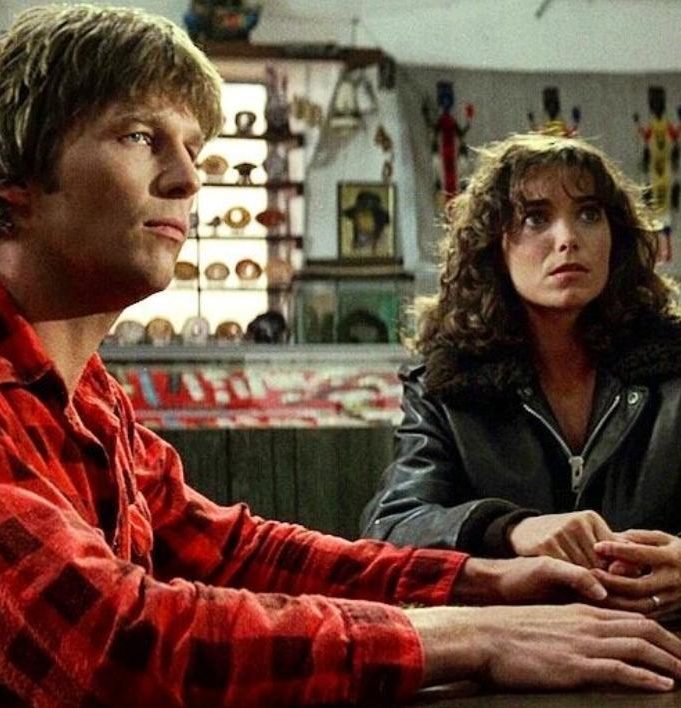
When Columbia purchased the Starman script, another science fiction film was pitched to the studio: a Steven Spielberg project entitled Night Skies.
[rtk_adunit_top]
Night Skies was planned as a scary movie, to be produced by Spielberg and directed by Tobe Hooper, featuring a household under attack by monstrous aliens.
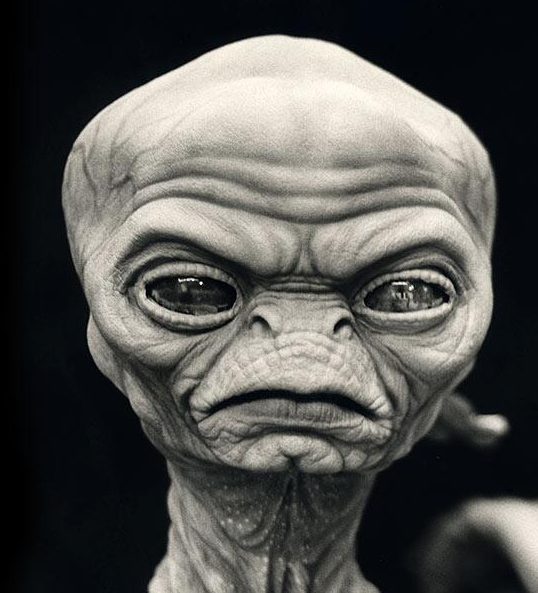
However, during the development process the project underwent a major rethink, with Spielberg ditching the horror elements and turning Night Skies into a more family-oriented film.
[rtk_adunit_middle]
Feeling that the two projects were too alike, Columbia opted to pursue Starman, with producers figuring Night Skies was more oriented towards children and therefore had less commercial potential.
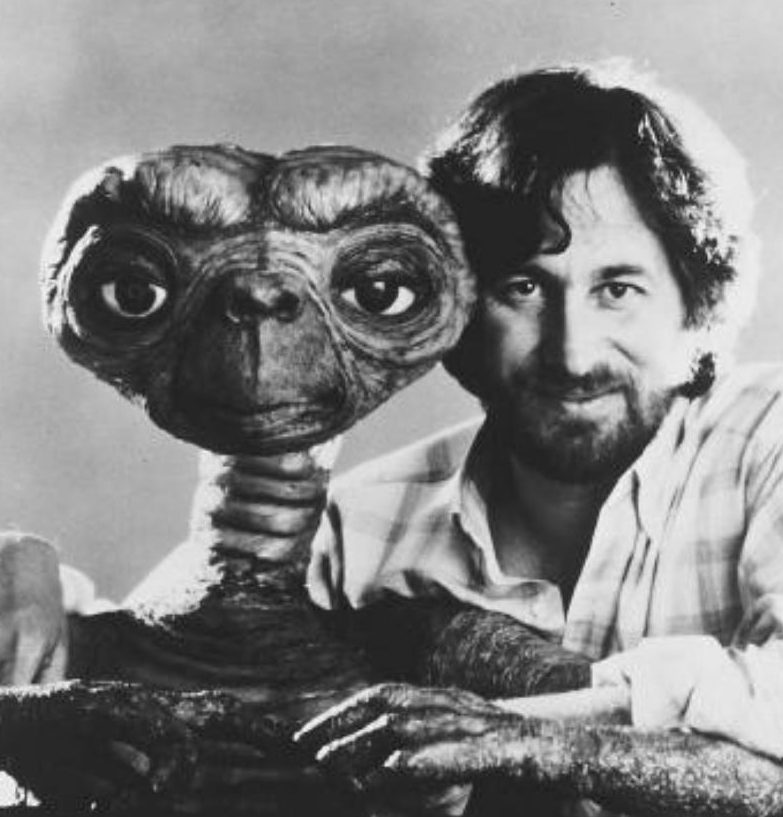
Spielberg and company then took Night Skies to Universal Pictures, where it ultimately became 1982’s E.T. the Extra-Terrestrial.
[rtk_adunit_bottom]
18. They shot scenes in a real meteor crater
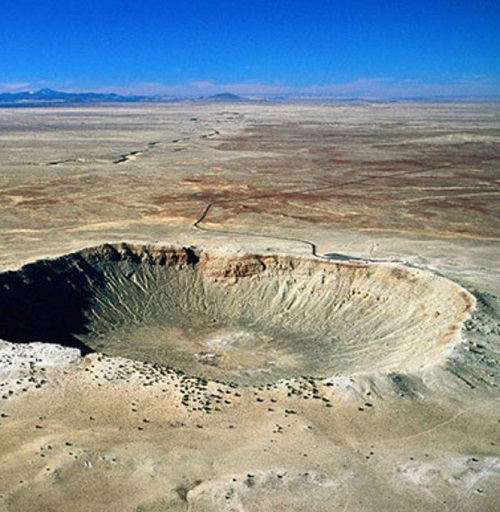
Probably the most striking location used in Starman is the desert crater where the alien is set to be returned to his spaceship.
[rtk_adunit_top]
This location is in fact the site of a genuine meteor strike an estimated 49,000 years ago.

Known simply as Meteor Crater Natural Landmark, the site is just outside of Winslow, Arizona and is roughly 0.7 miles wide and 560 feet deep.
[rtk_adunit_middle]
Initially thought to be the result of volcanic activity, it wasn’t until 1960 that scientific study concluded the crater was indeed caused by a meteor.
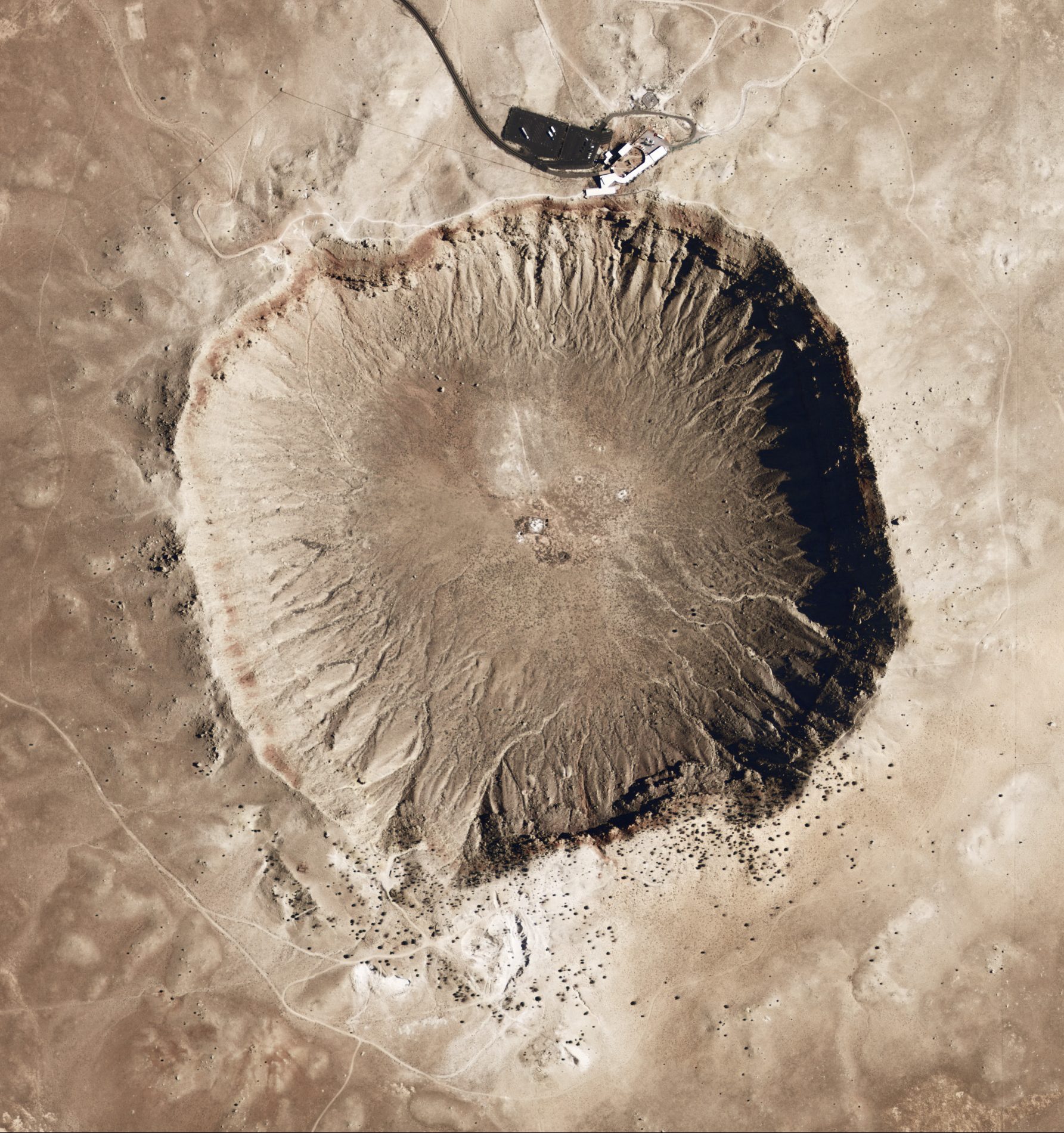
At the height of the space program in the 60s and 70s, the crater was used by NASA in training exercises to prepare astronauts for conditions on the moon.
[rtk_adunit_bottom]
17. Jeff Bridges is the only actor to be Oscar-nominated for playing an alien
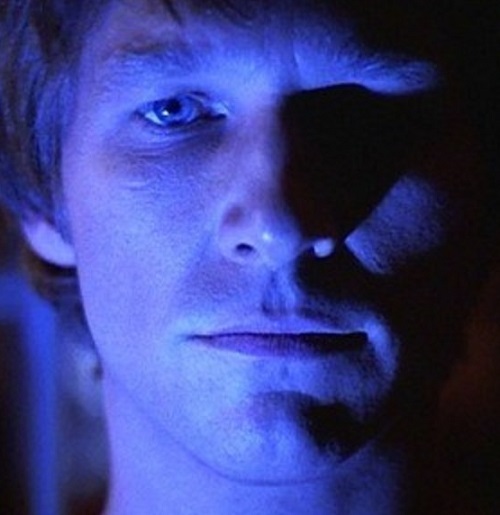
Starman earned Jeff Bridges his third Oscar nomination, following his Best Supporting Actor nominations for The Last Picture Show in 1972, and Thunderbolt and Lightfoot in 1975.
[rtk_adunit_top]
Not only was this the first time Bridges had been nominated in the Best Actor category, it was also the first – and to date only – time that any actor had been Oscar-nominated for playing an extra-terrestrial.
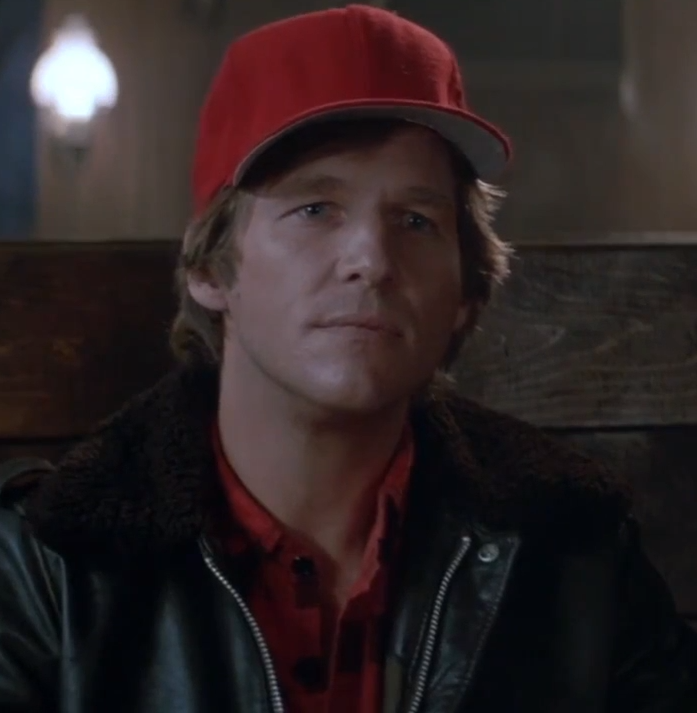
In the years since, Bridges has picked up a further two Oscar nominations as Best Actor, and two more for Best Supporting Actor.
[rtk_adunit_middle]
The actor’s one Academy Award win to date has been in the Best Actor category for Crazy Heart in 2010.
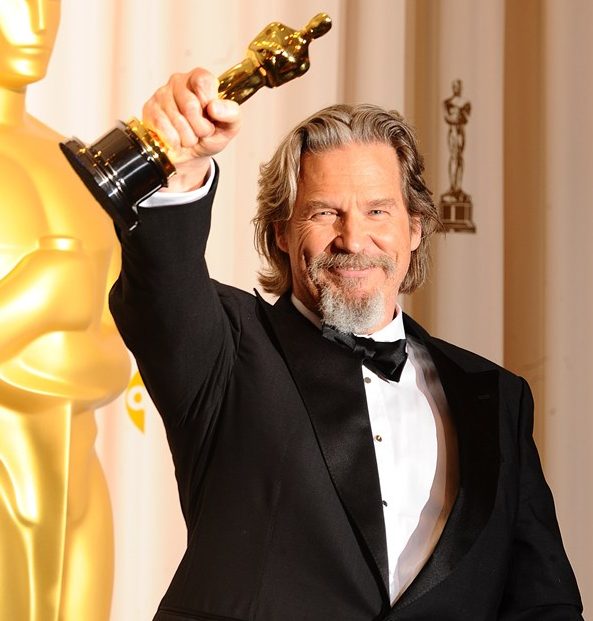
Bridges’ Best Actor nod also remains the only Academy Award nomination for a John Carpenter film, although earlier in his career Carpenter worked on short film The Resurrection of Bronco Billy, which won the Best Short Film Oscar in 1971.
[rtk_adunit_bottom]
16. Tony Scott almost directed, and wanted to cast theatre actor Philip Anglim instead of Bridges

Before John Carpenter was hired, one of several directors briefly attached to Starman was Tony Scott.
[rtk_adunit_top]
The British director had only shot one feature film at the time, 1983 vampire film The Hunger; he would later break big with 1986’s Top Gun.

Whilst attached, Scott was keen to cast Philip Anglim, an American actor best known for playing the lead in The Elephant Man on stage, rather than Jeff Bridges.
[rtk_adunit_middle]
However, Scott ultimately parted ways with the project as he was less interested in the story and the characters than he was in the visual style.

Scott would largely avoid science fiction films later in his career (aside from 2006’s Deja Vu), but years later Philip Anglim would get to portray an alien on-screen in TV’s Star Trek: Deep Space Nine.
[rtk_adunit_bottom]
15. John Carpenter agreed to direct because he wanted to do something upbeat after The Thing
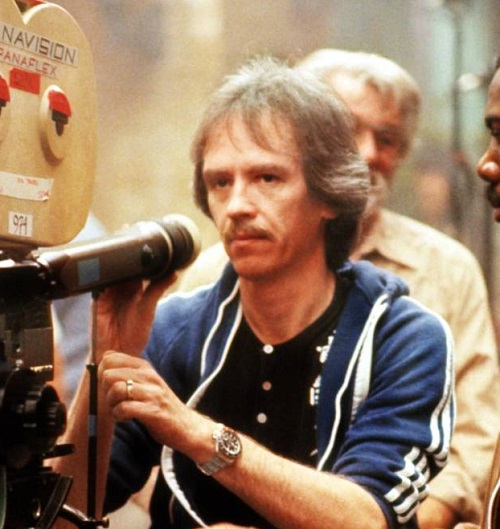
Director John Carpenter had already made one film, prior to Starman, that centred on an alien: the none-more-bleak 1982 sci-fi horror The Thing, revered as a classic today, but which bombed on release.
[rtk_adunit_top]
After The Thing’s commercial failure (which has often been attributed to the success of the far more upbeat E.T. the same year), Carpenter “desperately wanted to make a movie that could express a positive point of view.”

For this reason, Carpenter happily accepted the director’s chair on Starman, seeing it as a light-hearted romance in the spirit of Frank Capra’s It Happened One Night.
[rtk_adunit_middle]
Michael Douglas was effusive in his praise of the director, saying “John’s a great choice for ‘Starman’. He’s got a great sense of style and deals with action masterfully.”

The producer added, “I knew he was looking forward to directing a film that’s essentially a love story, one that depends exclusively upon handling the relationships between people and their character development.”
[rtk_adunit_bottom]
14. The studio wanted Tom Cruise for the lead before Jeff Bridges was cast

When casting for Starman got underway, Columbia Pictures was keen to see up-and-coming actor Tom Cruise fill the role – despite the fact that Cruise was only 22 at the time.
[rtk_adunit_top]
John Carpenter has confirmed having met with Cruise about Starman, remarking, “he was very charming… I would have made the movie with him, I had no problem with that.”
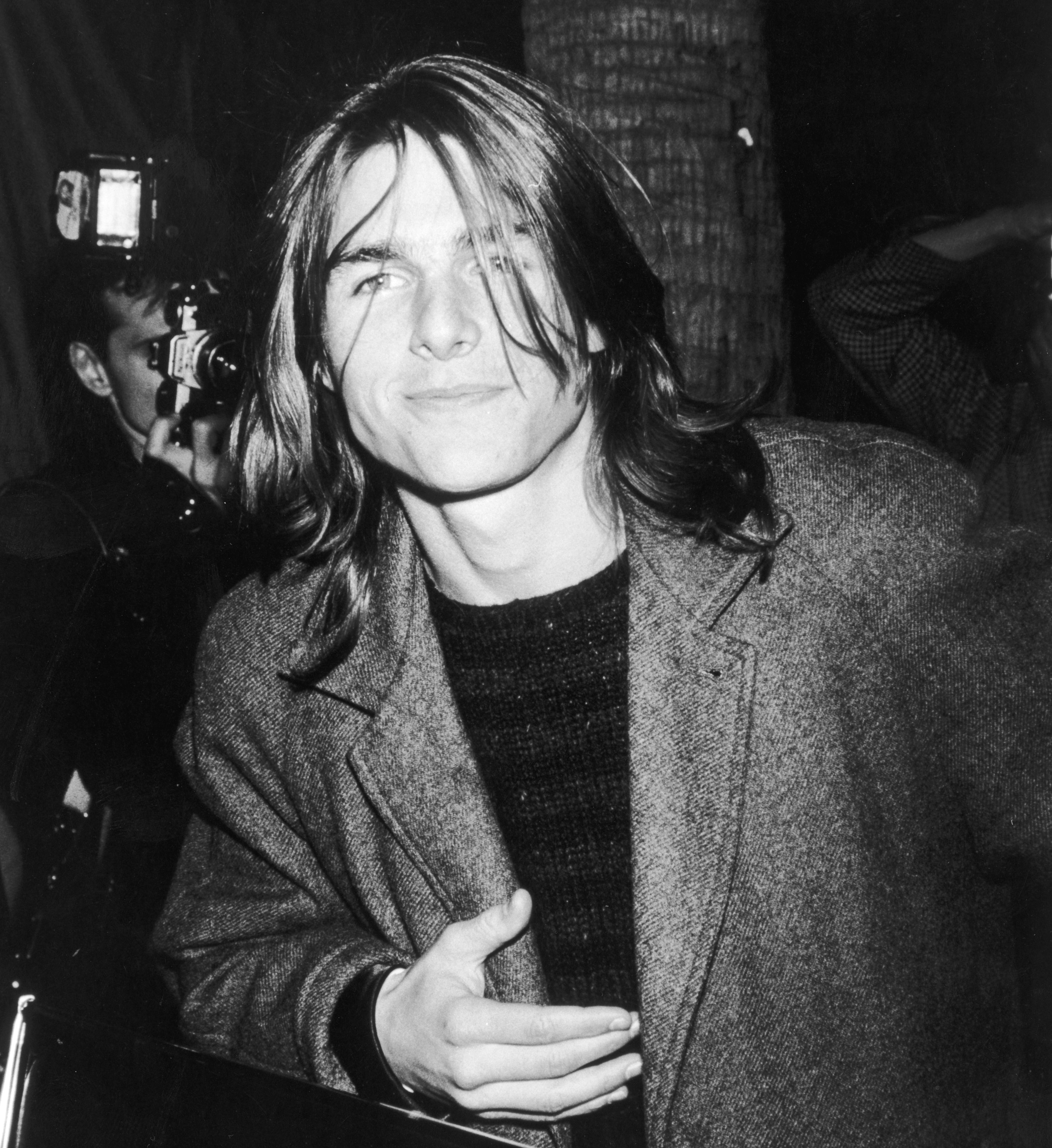
However, according to Carpenter, after auditioning actresses for female lead Jenny Hayden, he decided Karen Allen was perfect for the role.
[rtk_adunit_middle]
This meant that her male counterpart had to be of a similar age, leaving Cruise free to make Legend with director Ridley Scott.

“I didn’t want a big star to play the male lead because there might be too much identification with other roles,” Carpenter explained. “I thought of Jeff Bridges because he’s a name actor, yet he’s not a big celebrity.”
[rtk_adunit_bottom]
13. Jeff Bridges and Karen Allen spent a day travelling around Arizona in character to prepare for their roles

We’d imagine that a method acting approach can only go so far when you’re making a movie about an alien entity which assumes the form of a dead man, and forms a bond with his widow.
[rtk_adunit_top]
Nonetheless, Jeff Bridges and Karen Allen went to interesting lengths to build the unusual relationship between the Starman and Jenny Hayden.
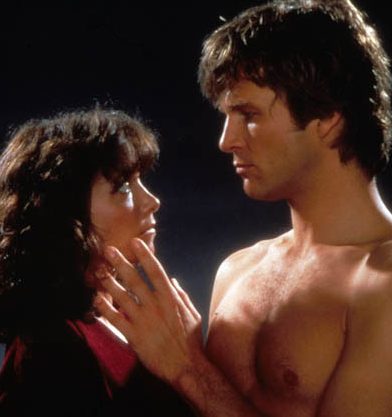
Reportedly before shooting began, the actors spent a whole day together, staying in character the whole time.
[rtk_adunit_middle]
As the bulk of Starman and Jenny’s time together is spent on the road, Bridges and Allen spent their day driving around Arizona as the characters.

Even so, when it came time to shooting both Bridges and Allen stuck strictly to the script, no improvisation allowed.
[rtk_adunit_bottom]
12. Bridges modelled Starman’s mannerisms on birds
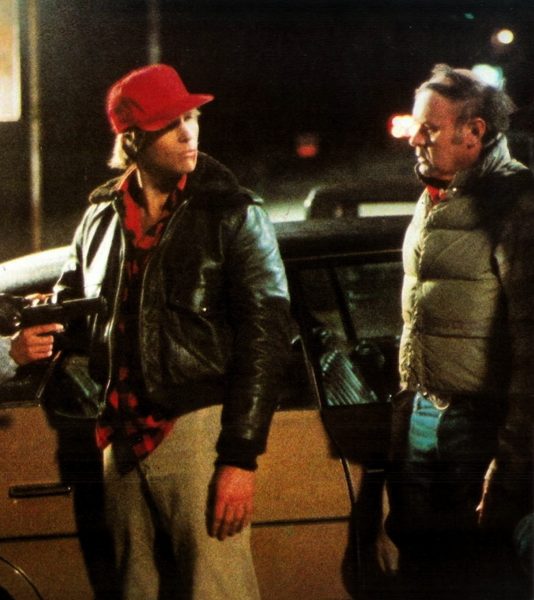
In creating the enigmatic Starman persona, Bridges approached the character as a “stranger in a strange land.”
[rtk_adunit_top]
As we literally see Starman ‘born’ in the film, he is in many respects childlike – so it makes sense that Bridges modelled parts of his performance on his own children.

The actor explains, “My kids were all very young at that time, so I watched how they moved, and were learning to walk, and all those kinds of things.”
[rtk_adunit_middle]
In addition, Bridges played up the alienness of the character by studying the behaviour of birds.

His performance incorporates jerky bird-like motions, playing on the notion that, as a newcomer to the human form, Starman would act on primitive animal instincts.
[rtk_adunit_bottom]
11. A professional dancer helped Bridges with his alien moves
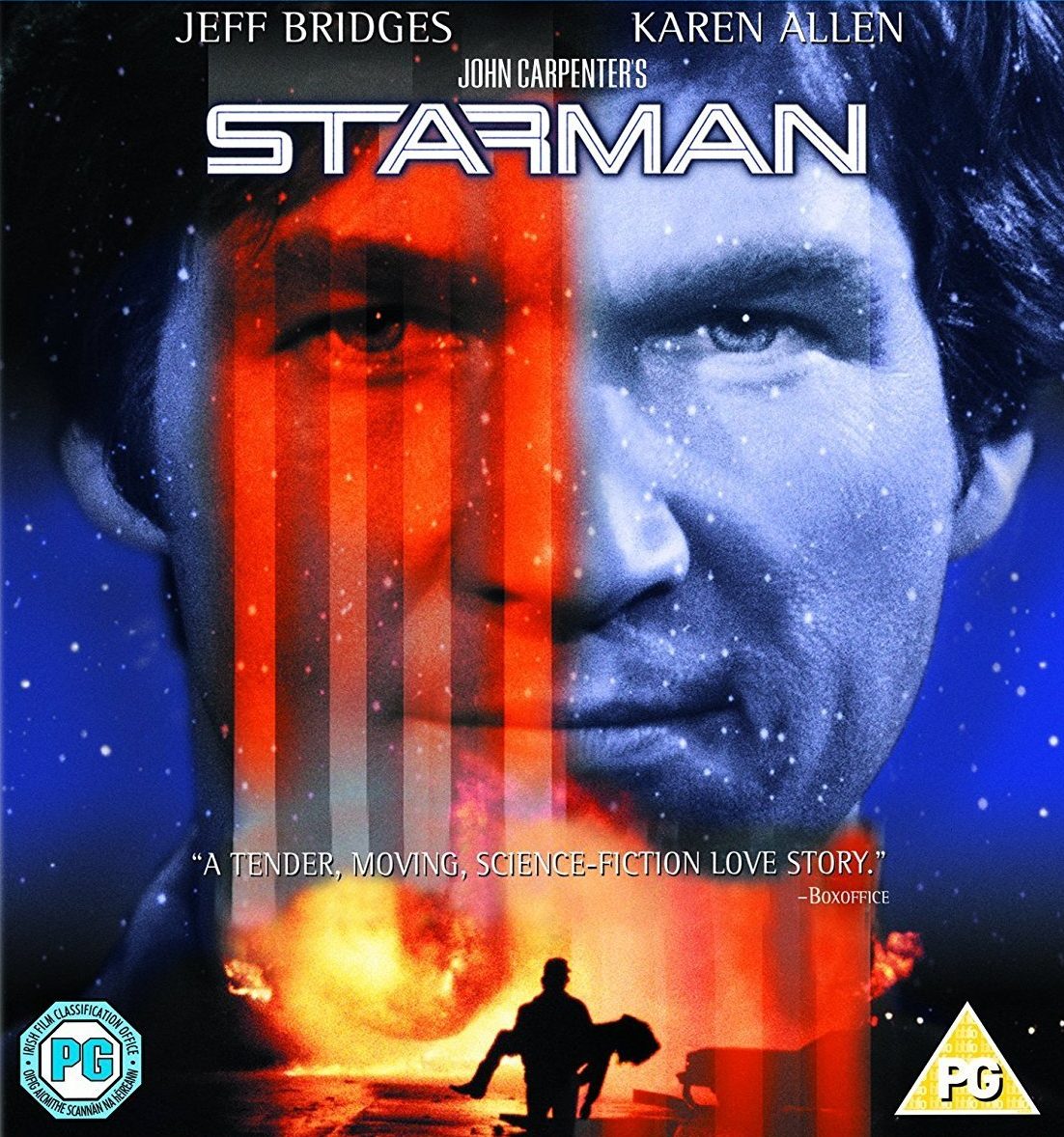
Bridges declared in a New York Times interview following Starman’s release that he made a point of not looking at other films in which actors portrayed aliens.
[rtk_adunit_top]
Instead, the actor decided it might be more helpful to ”to look at some of my stranger friends; people that I thought always seemed like they came from outer space.”

One such ‘stranger’ friend of Bridges was American dancer Russell Clark, with whom he worked closely to develop his performance as Starman.
[rtk_adunit_middle]
Clark (who later had an acting role in 1988’s Fright Night Part 2) would help Bridges experiment with different movements to convey Starman’s non-human nature, although the actor admits he was wary of taking this too far.

Bridges says he “was a little concerned about going too much like a breakdancer, you know – popping kinds of movements; it would look too trendy.”
[rtk_adunit_bottom]
10. Jeff Bridges rehearsed the phone booth transformation scene in the nude

On being cast in the lead role of Starman, Jeff Bridges felt he “just had to crack that phone booth scene” in order to get to grips with the character.
[rtk_adunit_top]
The scene in question sees Starman taking the form of Jenny Hayden’s deceased husband for the first time.
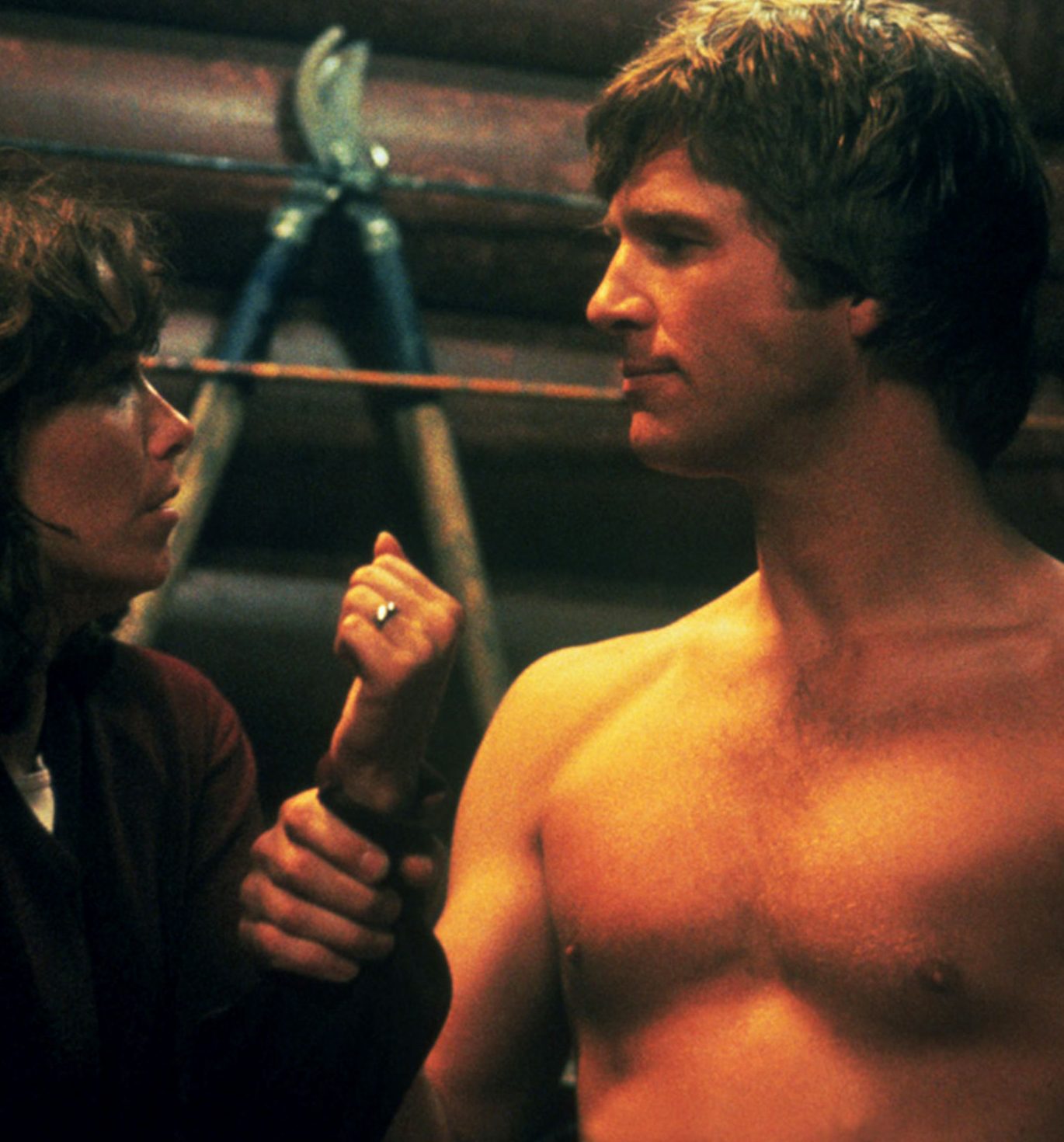
As this is essentially a ‘birth’ sequence, Bridges felt he had to rehearse it the way it would play out in the film: naked.
[rtk_adunit_middle]
Bridges recalls, “I have a fond memory of being in my office, in one corner of my office, naked, preparing for that scene and working it up! And my wife came in, knocking on the door and opening the door.”
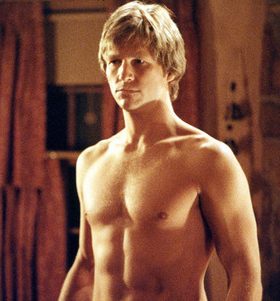
As for his wife’s reaction, Bridges says, “she saw me in the corner naked, kind of writhing around. She just smiled! I can see her expression now. She just shut the door.”
[rtk_adunit_bottom]
9. Jeff Bridges was hung upside down for one special effects sequence

Carpenter and the Starman crew had to pull out some eye-catching movie tricks to convey the alien nature of their protagonist.
[rtk_adunit_top]
One striking sequence sees Bridges’ Starman walking naked outside accompanied by a floating blue ball of light, with his hair appearing to stand on end and his face slightly distorted.
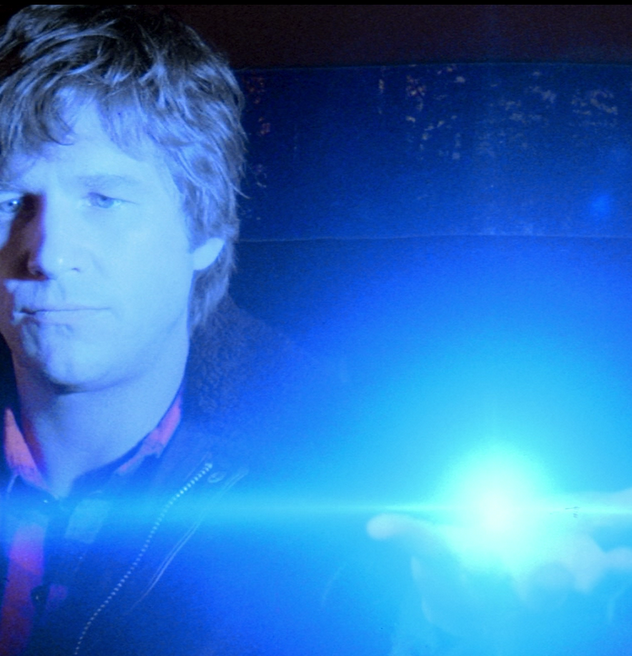
This eerie effect was created by practical means, by actually hanging the actor upside down against a blue screen.
[rtk_adunit_middle]
This blue screen footage of Bridges was then super-imposed over location footage shot the right way up.
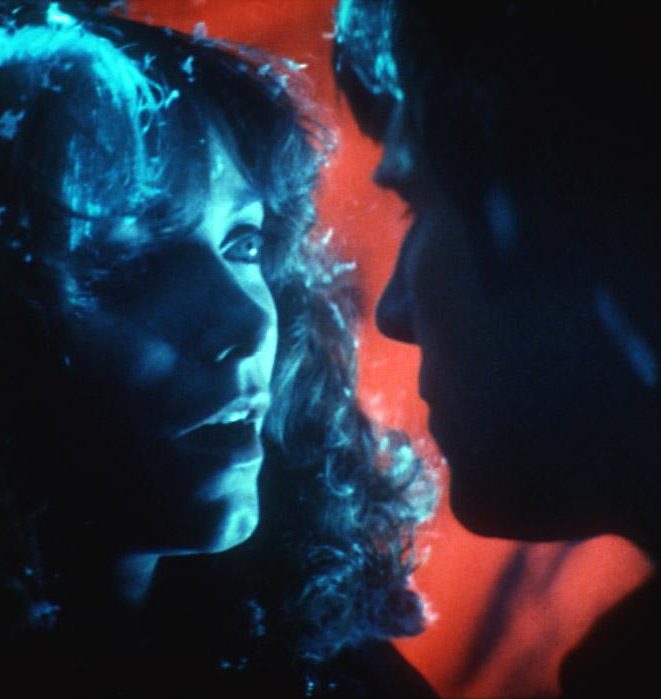
Matted together, the effect proved suitably otherworldly to convince both Karen Allen’s Jenny, and the audience, that Bridges is not of this earth.
[rtk_adunit_bottom]
8. The production was a genuine road trip across several US states
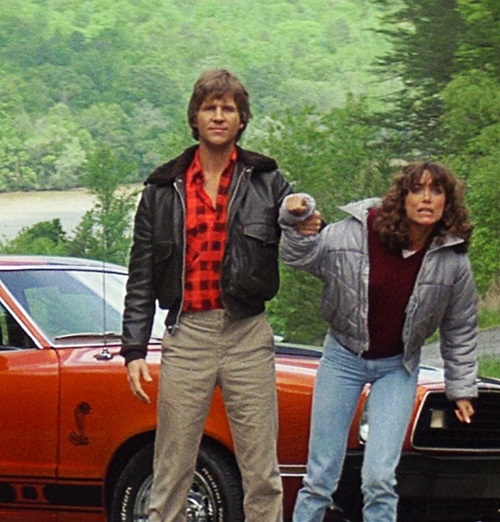
The plot of Starman sees Bridges’ alien and Karen Allen’s Jenny take a long, cross-country road trip to get the titular alien back home – so it makes sense that making Starman was itself quite the American road trip.
[rtk_adunit_top]
Locations used in the movie took the production to Los Angeles, Las Vegas, Arizona, Tennessee, upstate New York and Washington DC.

Finally, Hollywood studio lot Burbank was utilised to shoot less location-specific sequences.
[rtk_adunit_middle]
Shooting across the country in this fashion, the filmmakers hoped to celebrate America, at a time when they felt such celebration was necessary.

Producer Larry Franco said at the time that Starman was intended “to show the good side of America…its beauty and the beauty and potential of its people.”
[rtk_adunit_bottom]
7. Several major directors passed because they were worried the film was too much like E.T.

While Starman languished in development hell, E.T. The Extra-Terrestrial became the biggest box office hit ever at the time.
[rtk_adunit_top]
Because of this, a number of big-name directors walked away from the chance of making Starman for fear of it being labelled an E.T. rip-off.

Adrian Lyne was originally lined up to call the shots on Starman, and had actually started working on the project before he swiftly departed to Paramount to direct Flashdance instead.
[rtk_adunit_middle]
John Badham was next in line, but as soon as he saw E.T. he decided against the project and moved on to WarGames; Peter Hyams and Tony Scott were then considered before John Carpenter finally signed on.
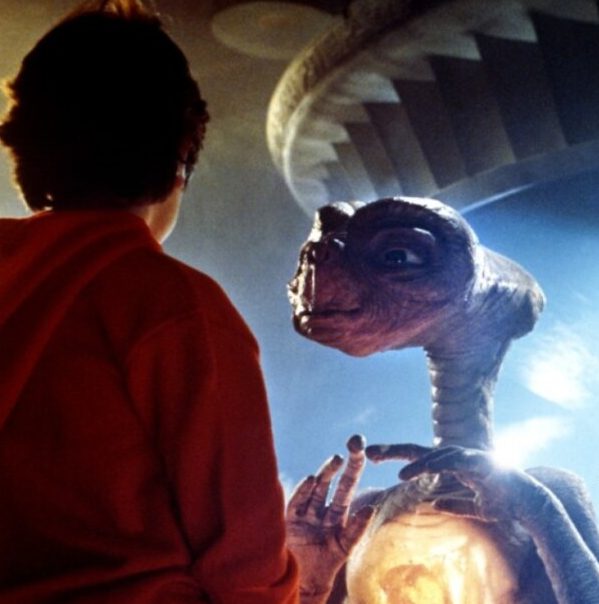
The producers realised rewrites were needed; Dean Riesner, an uncredited writer, was tasked with ensuring the film retained its original qualities and yet was distinctly different from E.T.
[rtk_adunit_bottom]
6. Carpenter had the script re-written to downplay the politics

Starman sees the titular alien trapped on Earth after his spaceship is shot down by the military, then finds him on the run from ominous government officials.
[rtk_adunit_top]
This being the case, Starman could easily have come off as a staunchly anti-government film – which, frankly, wouldn’t have been out of keeping with director John Carpenter’s other work.

Carpenter, however, had screenwriter Dean Riesener remove much of the heavier political content from earlier drafts of the Starman script.
[rtk_adunit_middle]
This, it seems, was in the interest of making the film more upbeat and optimistic than Carpenter’s previous films.

This was not to last, however: four years after Starman, Carpenter made his most paranoid and anti-authoritarian film, in 1988’s They Live.
[rtk_adunit_bottom]
5. Bridges started making production photo albums on Starman
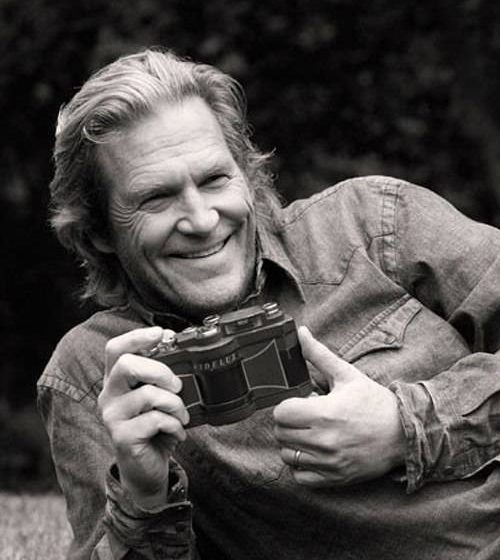
Jeff Bridges has a personal tradition of taking lots of photos behind the scenes on his movies, and at the end of the shoot presenting books of these to the cast and crew.
[rtk_adunit_top]
This was something Bridges started doing on Starman, ultimately leading to him publishing art books of his photography – and he credits his co-star Karen Allen with encouraging him to do it.
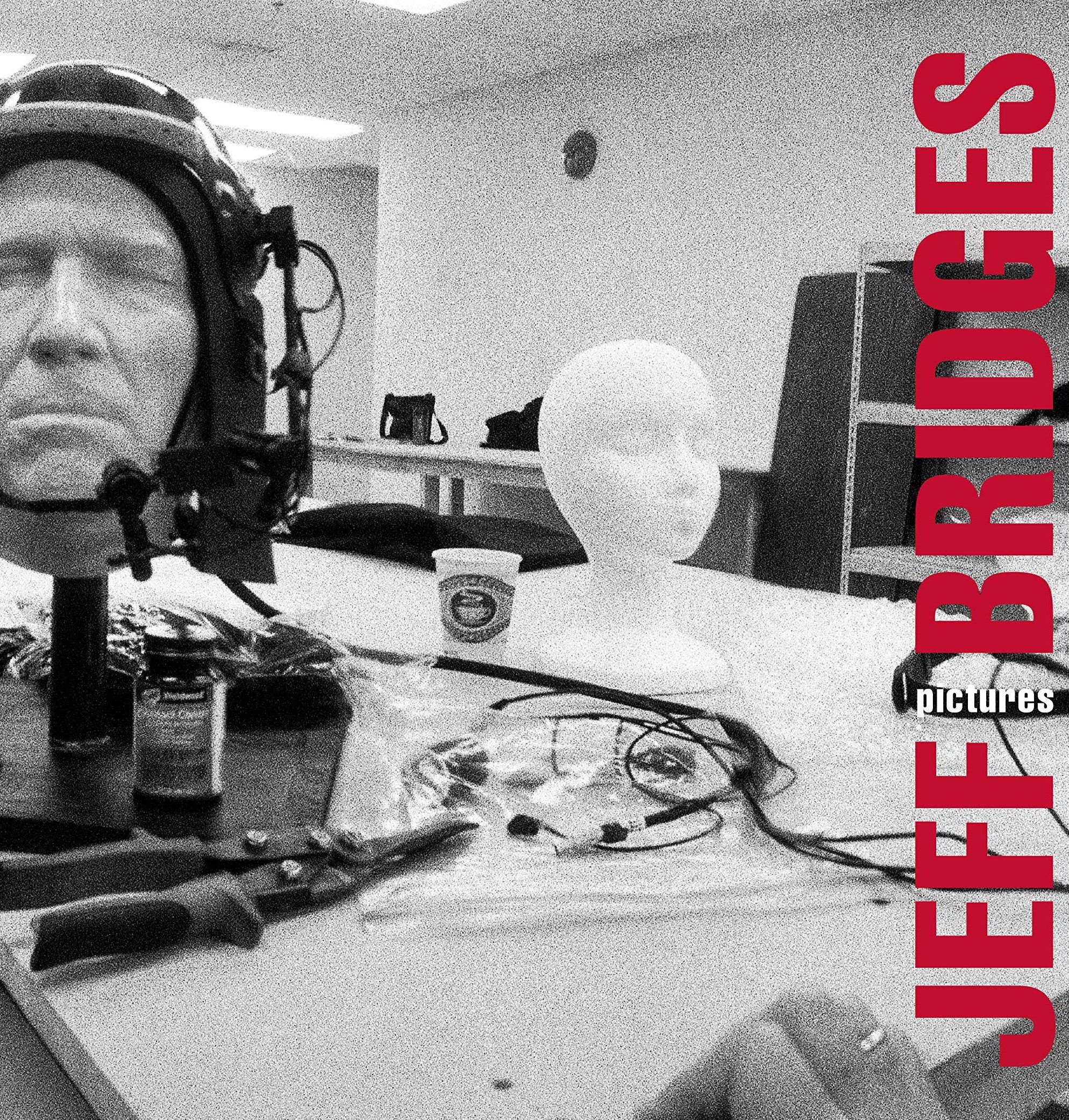
Bridges says, “Karen made a really important contribution to my life. I’ve been taking photographs with this strange camera called the Widelux for about 40 years, and I made books for the cast and crew on these different films.”
[rtk_adunit_middle]
The actor explains, “Starman was the first one that I did, and I did it because Karen suggested it” – and while most of Bridges’ Starman photos are sadly lost, one surviving picture shows Allen knitting between takes on set.

Bridges has published three collections of his photographs, with behind the scenes pictures from such films as The Big Lebowski, Tron: Legacy and True Grit.
[rtk_adunit_bottom]
4. It’s one of the only John Carpenter films for which the director didn’t provide the music
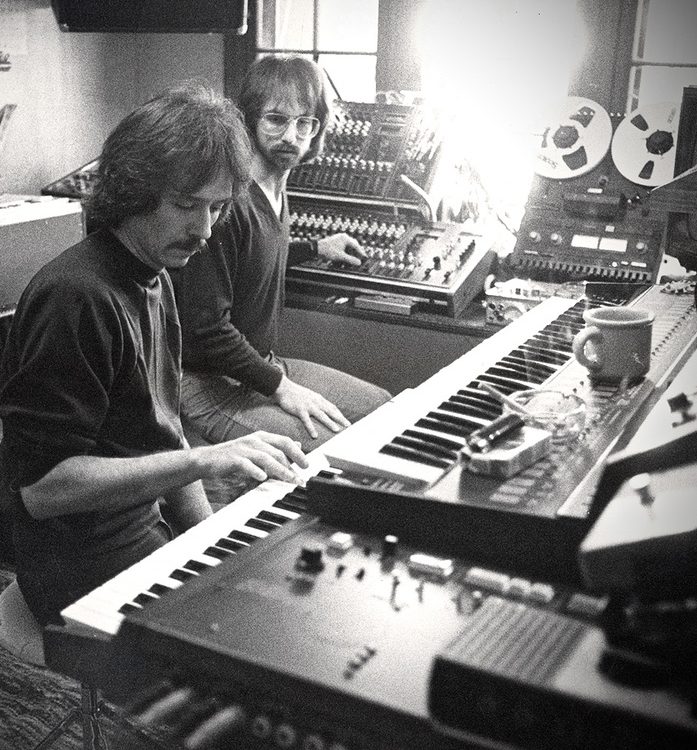
Whilst John Carpenter is one of the most celebrated genre filmmakers of all time, he’s almost as equally renowned for his musical scores.
[rtk_adunit_top]
The director has provided the music for most of his films (including Halloween, The Fog and Big Trouble in Little China), the bulk of it keyboard-based.

However, Starman is one of only four films on which Carpenter relinquished scoring duties to someone else – in this case Jack Nitzche, hired at the recommendation of Michael Douglas, who hailed the composer as a “genius.”
[rtk_adunit_middle]
Years later, Carpenter (who has concentrated more on music than film in recent years) honoured Nitzche by covering the Starman theme on his 2017 album Anthology: Movie Themes.

The only other films John Carpenter directed but did not provide the score for are 1982’s The Thing, 1992’s Memoirs of an Invisible Man and 2010’s The Ward (his last feature film to date as director).
[rtk_adunit_bottom]
3. Jeff Bridges and Karen Allen released a promotional single and music video for the film

Starman features a scene in which Jenny watches a home movie of her with her deceased husband, singing an acoustic rendition of All I Have to Do Is Dream by the Everly Brothers.
[rtk_adunit_top]
Bridges and Allen later recorded this as a single, for which a promotional music video was also shot.
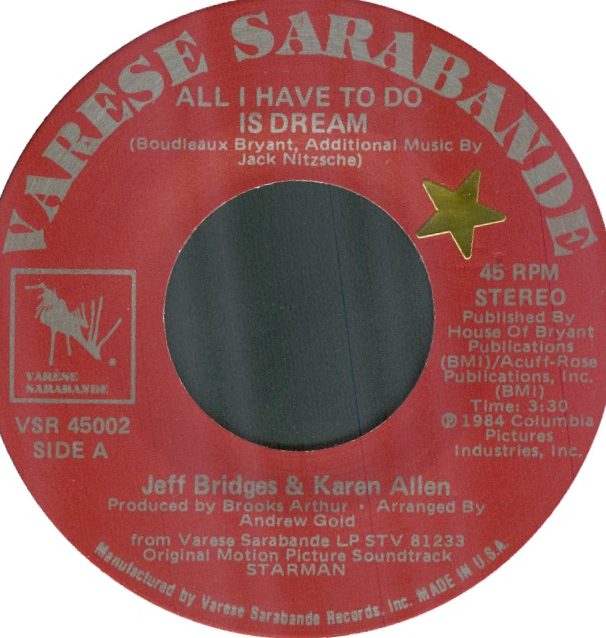
Allen says this video was shot “about a year after finishing the film,” to accompany its theatrical release.
[rtk_adunit_middle]
The actress recalls, “Jeff and I had sung together quite a bit in our downtime when we were on the road shooting the film. So we felt quite relaxed singing together.”
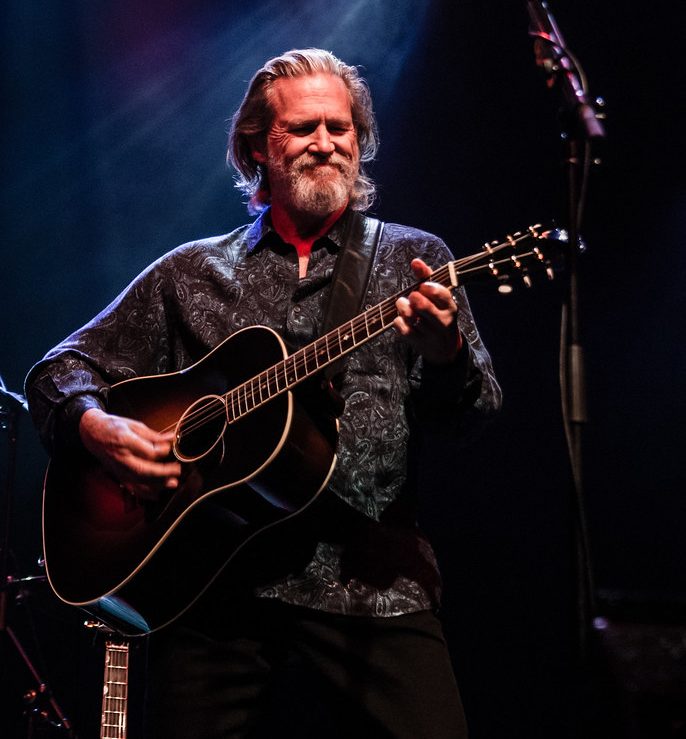
The pair still get together to jam occasionally, Allen having made guest appearances with Bridges and his band The Abiders.
[rtk_adunit_bottom]
2. There was a short-lived TV spin-off

While Starman’s story has not to date been continued on the big screen, it did have a small screen offshoot.
[rtk_adunit_top]
1986 saw Robert Hays (of Airplane! fame) take over from Bridges in a Starman TV series.
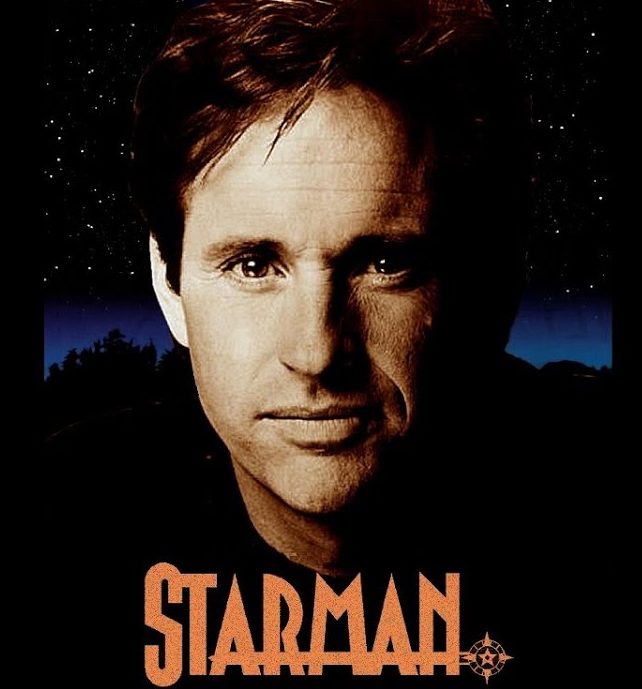
Picking up 15 years after the events of the film, the show saw the Starman return to Earth to meet his now-teenage son (Christopher Daniel Barnes).
[rtk_adunit_middle]
The two of them go in search of the boy’s missing mother, Jenny, with Erin Gray (Buck Rogers in the 25th Century) filling in for Karen Allen.
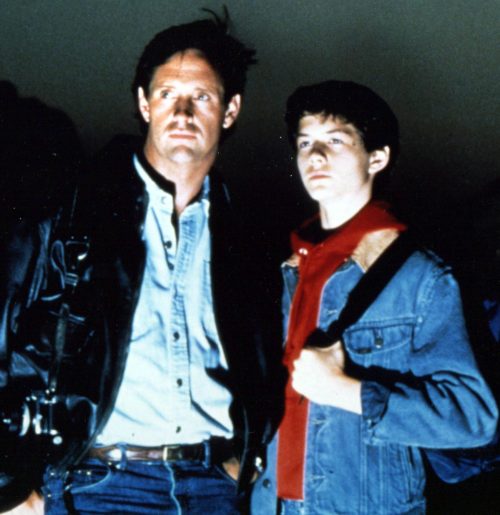
Unfortunately for everyone involved, the Starman show failed to attract much of an audience, and was cancelled after a single 22-episode season.
[rtk_adunit_bottom]
1. A remake has been announced – but Jeff Bridges and Karen Allen want a sequel instead
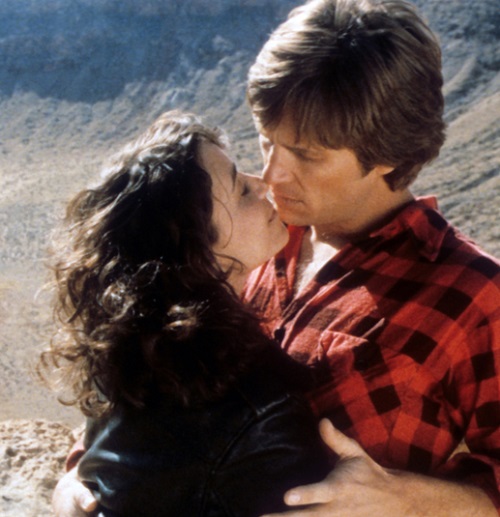
In 2016, it was reported that director Shawn Levy (Night at the Museum, TV’s Stranger Things) was at work on a remake of Starman, with Michael Douglas once again producing.
[rtk_adunit_top]
Arash Amel was hired to write the screenplay, and Levy said the new take was “likely going to (have) a younger cast than the Jeff Bridges version.”
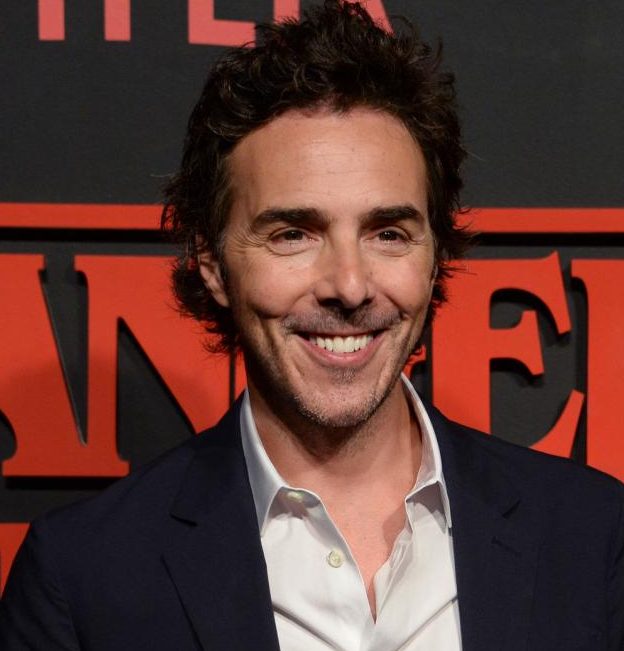
However, little more has been heard on the project since its initial announcement, while director Levy is currently in post-production on upcoming Ryan Reynolds sci-fi action comedy Free Guy.
[rtk_adunit_middle]
In the meantime, Jeff Bridges told interviewers in 2018 that he and Karen Allen have discussed the idea of a sequel catching up with their characters all these years later.
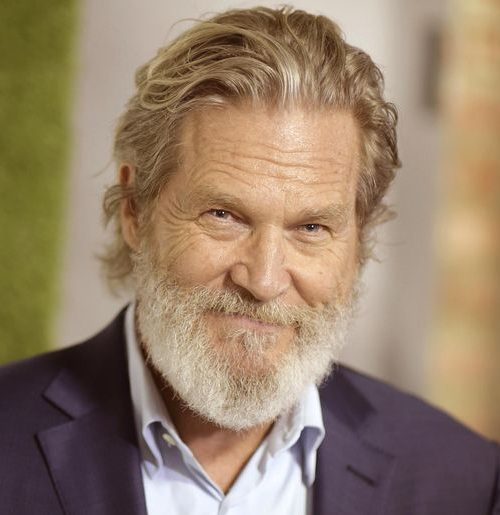
Bridges suggested that the fact Karen Allen’s Jenny had “a bun in the oven” at the end of the 1984 movie gives them a natural starting point for a follow-up.
[rtk_adunit_end]

